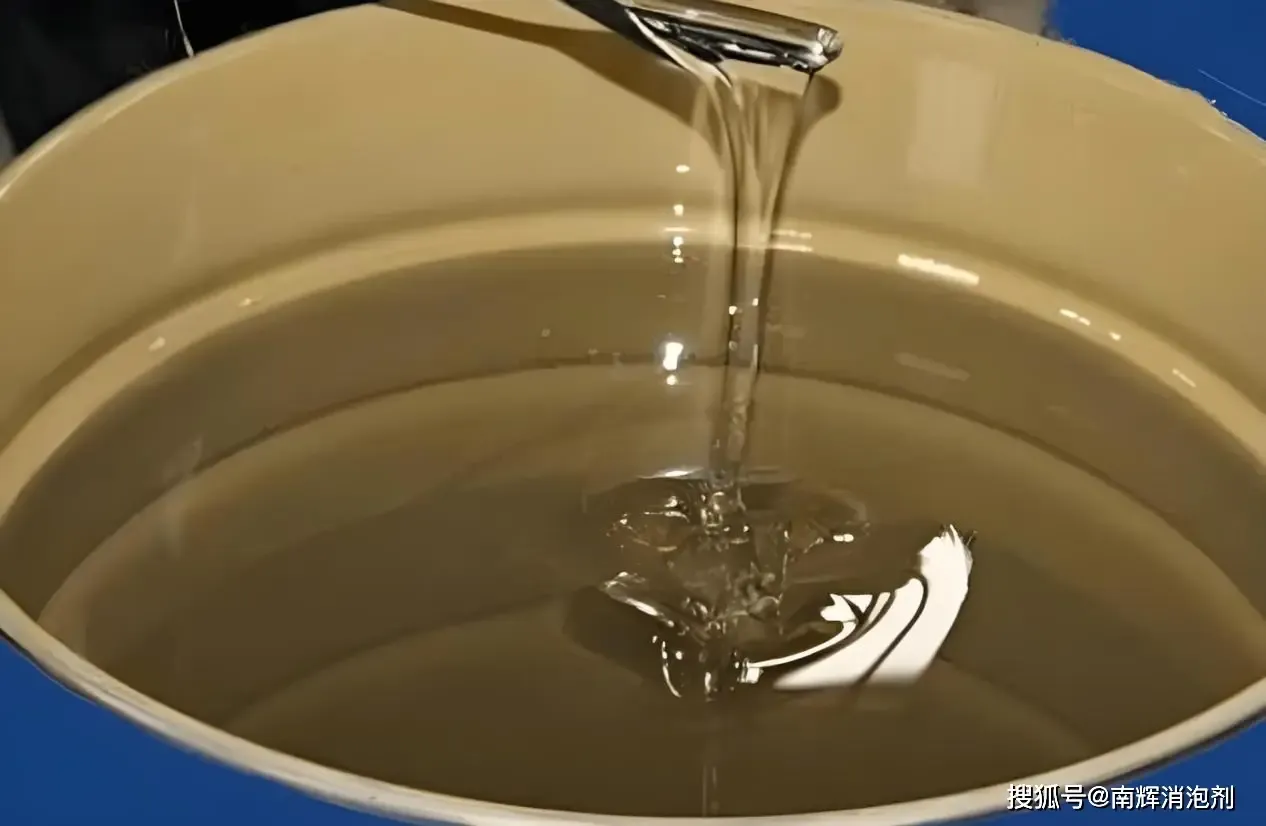
Exploring the Many Forms of Cellulose in Industry
Understanding the Different Types of Cellulose
Cellulose, a natural polymer derived from plant fibers, plays a vital role in countless industrial and commercial applications. Today, we benefit from different types of cellulose that are specially modified to meet specific functional needs. From pharmaceuticals to food production, the versatility of cellulose has made it a staple across sectors.
Among the most commonly used derivatives is carboxymethyl cellulose, known for its excellent water solubility and thickening properties. It serves as a stabilizer in food and beverages and also improves the texture and shelf life of products. In the oil and gas industry, polyanionic cellulose is favored for its salt tolerance and fluid-loss control in drilling fluids, making it indispensable for high-performance operations under challenging conditions.

Functional Uses Across Industries
Another useful form is चूर्णित सेल्यूलोज़, a purified and finely ground version used in food as a calorie-reducing filler, in tablets as a binding agent, and even in pet food to improve digestion. It is appreciated for its fiber content and ability to enhance product texture without altering flavor.
In personal care and construction materials, 2 hydroxyethyl cellulose stands out. This non-ionic cellulose ether acts as a thickener, binder, and film-former. It's found in shampoos and lotions for its smooth feel and is also used in paints and coatings to improve viscosity and stability.
In conclusion, the wide array of different types of cellulose—including carboxymethyl cellulose, polyanionic cellulose, चूर्णित सेल्यूलोज़, and 2 hydroxyethyl cellulose—demonstrates the adaptability and importance of cellulose derivatives. Each type offers unique properties that continue to support innovation, efficiency, and sustainability across global industries.
-
Hydroxypropyl Starch as a Sustainable Construction AdditiveNewsNov.24,2025
-
The Gelation Properties of CMCNewsNov.21,2025
-
Redispersible Latex Powder and Water Retention CapacityNewsNov.21,2025
-
Dosage Control for Polycarboxylate Water ReducerNewsNov.21,2025
-
Film-Forming Properties of Polyvinyl AlcoholNewsNov.21,2025
-
The Function of Gypsum Additives in MortarNewsNov.21,2025





















